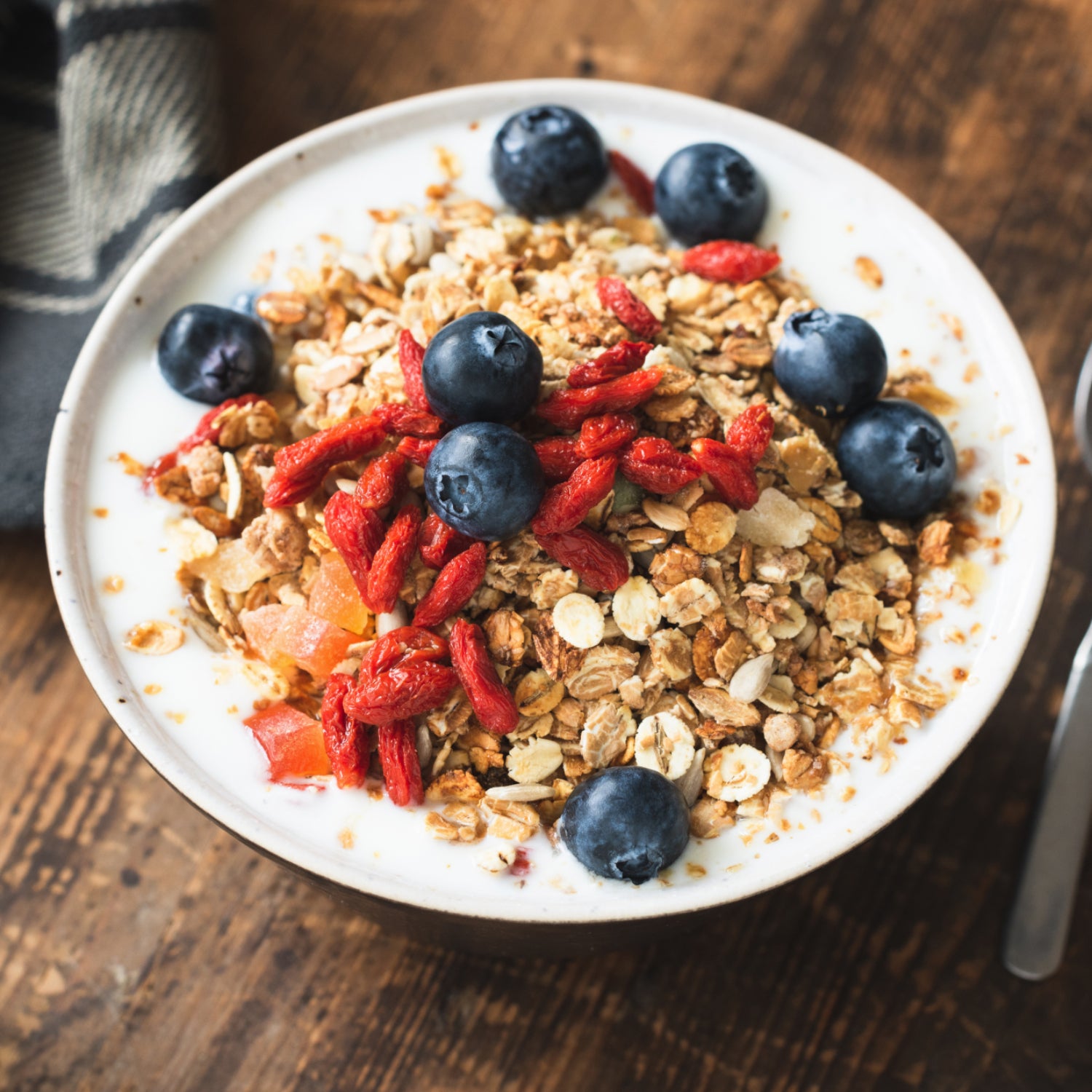On September 28, the Food and Drug Administration (FDA) for packaged food products the agency considers “healthy.” It’s a movement to re-examine foods that may be misidentified as such, like certain cereals, highly sweetened granola bars, white breads, and yogurts.
About five percent of all packaged foods are labeled “healthy,” which the FDA considers inaccurate—under current guidelines, food manufacturers are allowed to add the word to many of their products’ packages, as long as the nutrition labels adhere to limits on total fat, saturated fat, cholesterol, and sodium, and can provide at least 10 percent of the daily value of vitamins. But there’s no limit on added sugars, and technically foods like avocados, fatty fish, and nuts don’t currently qualify because their fat content is above the FDA’s requirement of less than 1 gram of fat per serving.
In order for foods to be deemed “healthy” under the new proposal, which can take up to a year to pass, packaged products would need to adhere to specific maximum amounts of sodium and saturated fat, as well as added sugars. They also must contain a certain amount of food from at least one of the nine food groups recommended by the .
These requirements emphasize whether a food fits into a healthy diet overall and focuses less on individual nutrients. Now, under the new proposal, salmon would be considered “healthy” because of its protein content, high omega-3 fatty acids, and low saturated fat. A cereal, on the other hand, would need to contain .75 ounces of whole grains and no more than 2.5 grams of added sugars to be considered healthy. So far there’s been little pushback on the proposal from large food manufacturers.
“I’m thrilled to see the definition of healthy getting a much-needed facelift,” says Elizabeth Shaw, a registered dietician. “With redefining healthy foods to include foods that were once demonized based solely on their higher fat content, we’re reinforcing to consumers that the foods health professionals are encouraging them to include more regularly in their diet are in fact healthy.”
Still, both Shaw and registered dietician Andrea Givens say that the term “healthy” can be subjective. “Eating one ‘healthy’ thing like an apple doesn’t make us healthy, just like how eating one hamburger doesn’t make us unhealthy,” Givens says. “Our health is a result of our daily choices and behaviors consistently over time.” Givens also notes that some of the healthiest foods at the grocery store don’t have a label at all—things like colorful fruits and vegetables and grass-fed protein.


